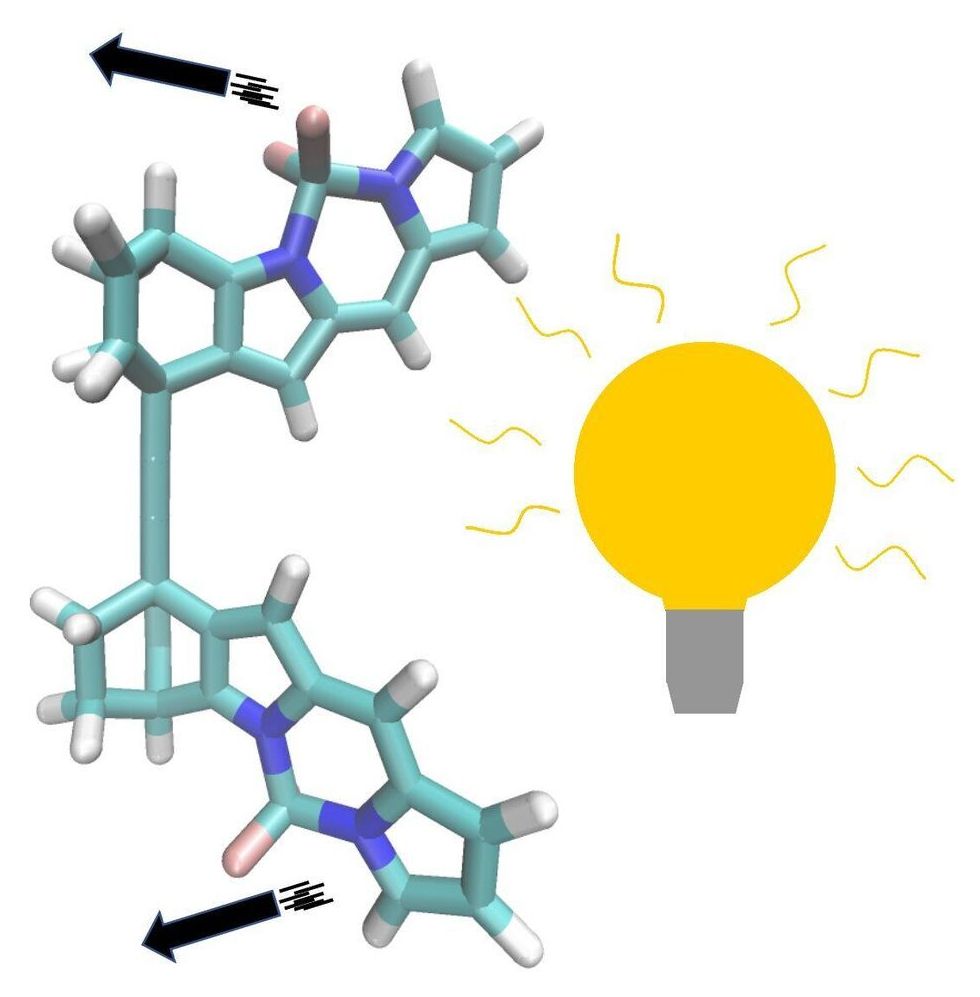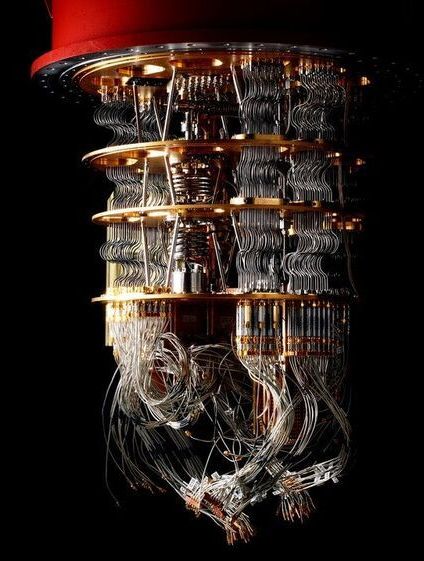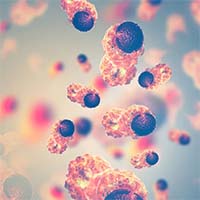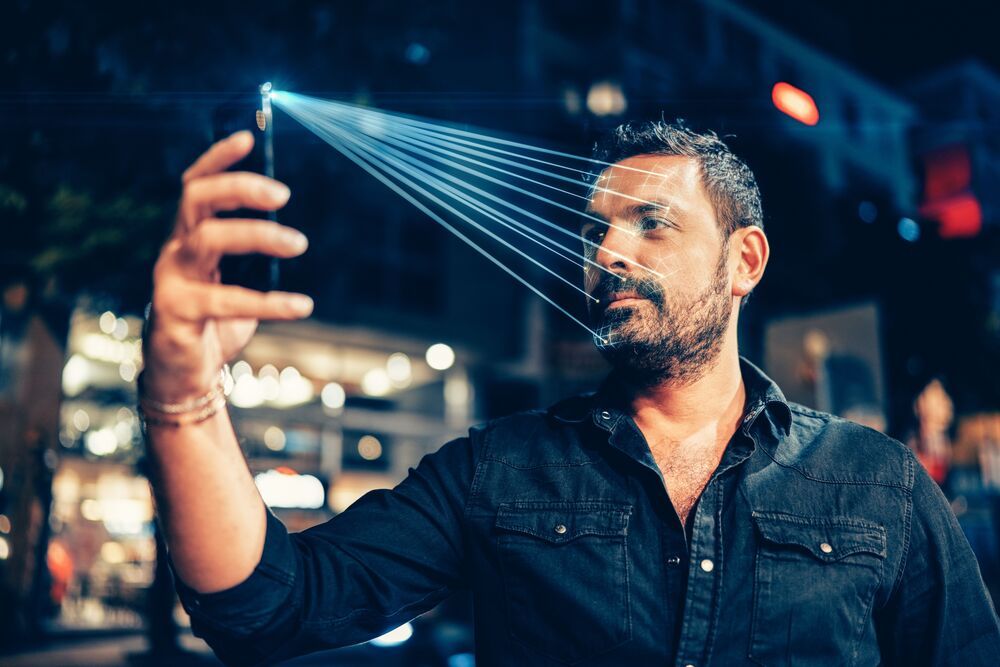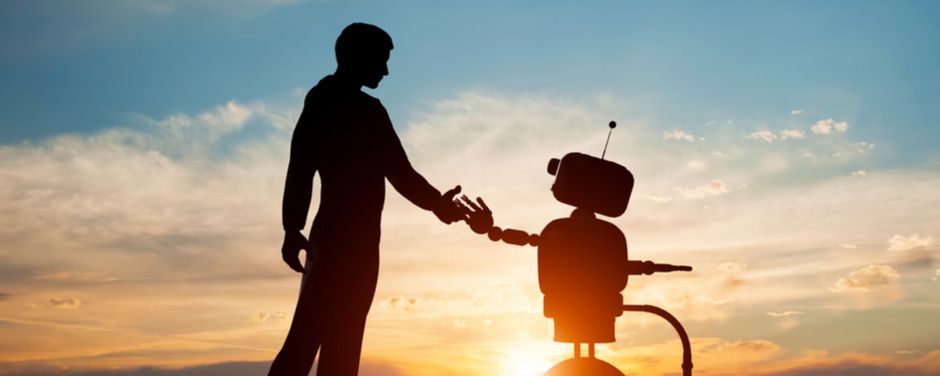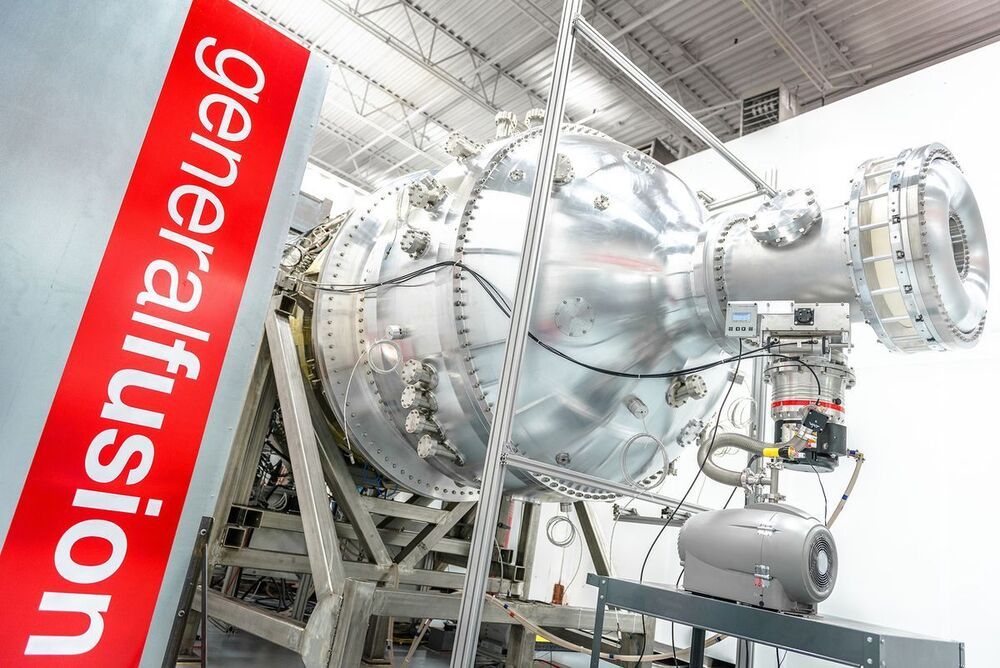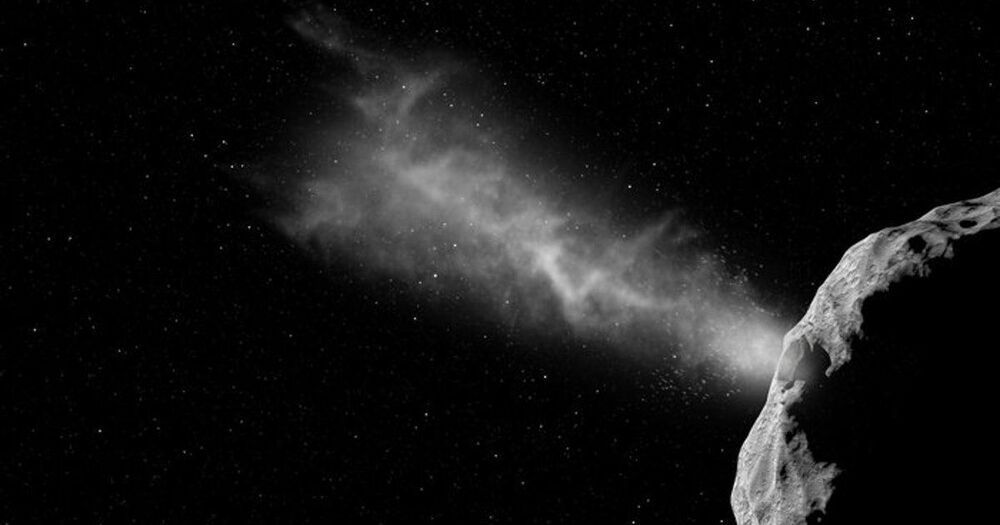Light-driven molecular motors have been around for over 20 years. These motors typically take microseconds to nanoseconds for one revolution. Thomas Jansen, associate professor of physics at the University of Groningen, and Master’s student Atreya Majumdar have now designed an even faster molecular motor. The new design is driven by light only and can make a full turn in picoseconds using the power of a single photon. Jansen says, “We have developed a new out-of-the-box design for a motor molecule that is much faster.” The design was published in The Journal of Physical Chemistry Letters on 7 June.
The new motor molecule design started with a project in which Jansen wanted to understand the energy landscape of excited chromophores. “These chromophores can attract or repel each other. I wondered if we could use this to make them do something,” explains Jansen. He gave the project to Atreya Majumdar, then a first-year student in the Top Master’s degree program in Nanoscience in Groningen. Majumdar simulated the interaction between two chromophores that were connected to form a single molecule.
